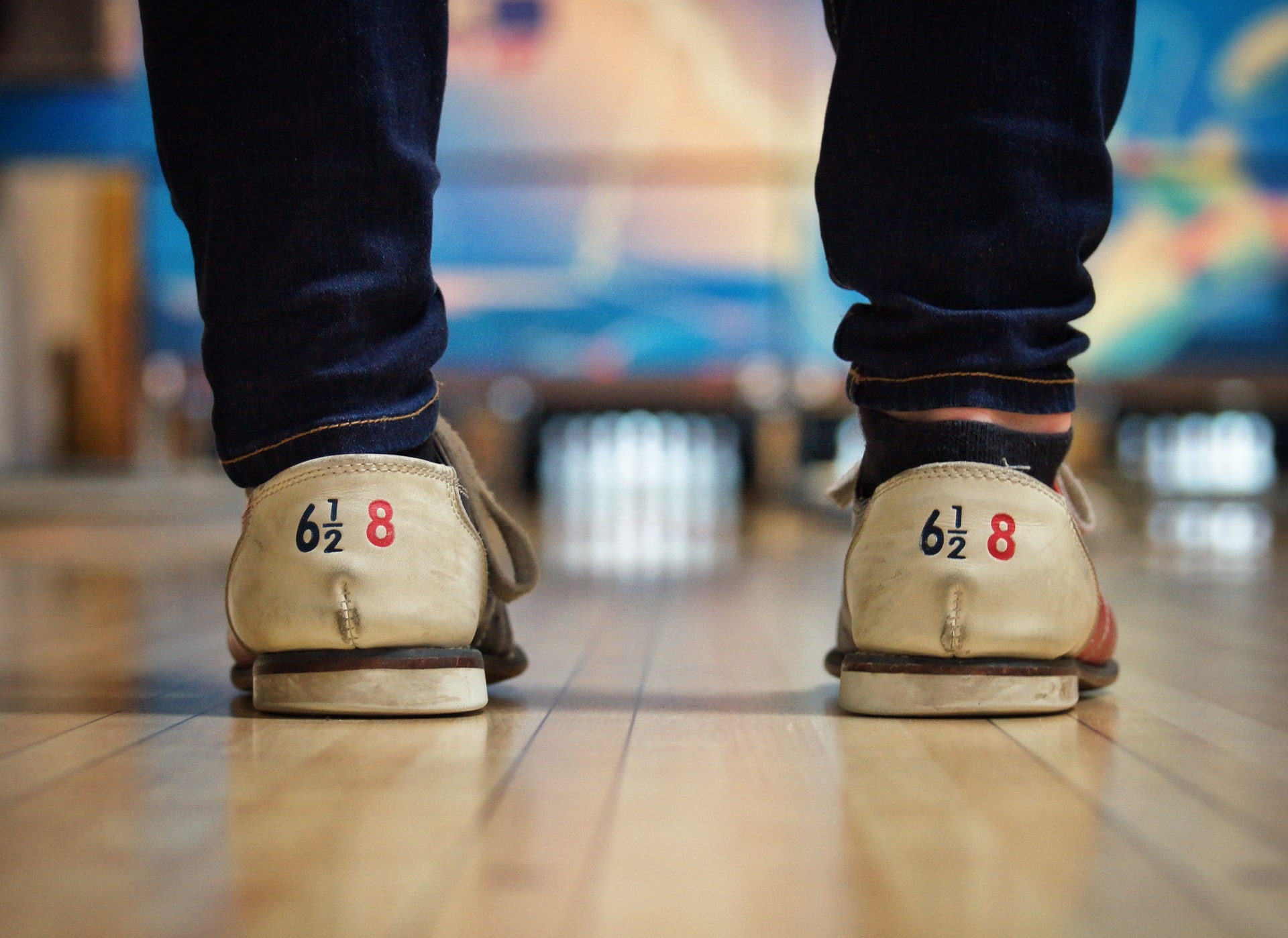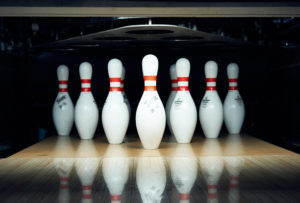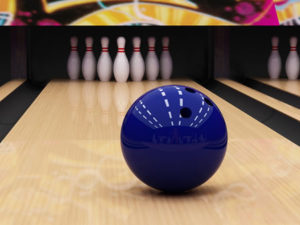
Source: Kids Learn to Bowl
Balance is one of the most important elements in the game of bowling. If a bowler does not maintain balance they will struggle to hit a target and maintain consistency.
To develop balance without a ball:
- Move the sliding shoe forward.
- Bend the knee deeply.
- Lean at the waste.
- To check the balance line, pick up the back toe. You may notice a shift in the body to maintain balance. This is the body telling the bowler the proper balance line.
- Place the back toe on the floor with the it tucked underneath the body. This will allow the swing to stay close to the body for maximum leverage.
- The back toe should be towards the outside of the shoe to maintain proper hip position.
Maintaining Balance
To maintain lower body balance, keep the back toe on the floor.
To maintain upper body balance, keep the chin towards the sliding knee. For extreme cases, the bowler may need to feel as though the chin is over the sliding knee (in feeling only).
Developing Leverage
The bowler must maintain leverage in the shoulder at the time the ball is released. The shoulders will be tilted with the bowling shoulder lower, but the shoulder does not drop at the time of release.
To develop the feeling of leverage, use a buff-a-bag to re-enforce the feeling. Place a ball in the buff-a-ball and place one handle through the other to create a handle. Place the handle on the bowling fingers and develop a balance position. With the elbow relaxed, leverage in the shoulder and bowling fingers bent, gently swing the ball back and forth. This will teach the feeling of leverage in the shoulder and bowling fingers.
Important note: It is important to have a tilt in the bowling shoulder to allow the swing to be close to the body. The bowler should start with a tilt in the stance and maintain a feeling of leverage when the ball is released.
Proper balance will increase the bowler’s accuracy and consistency.





